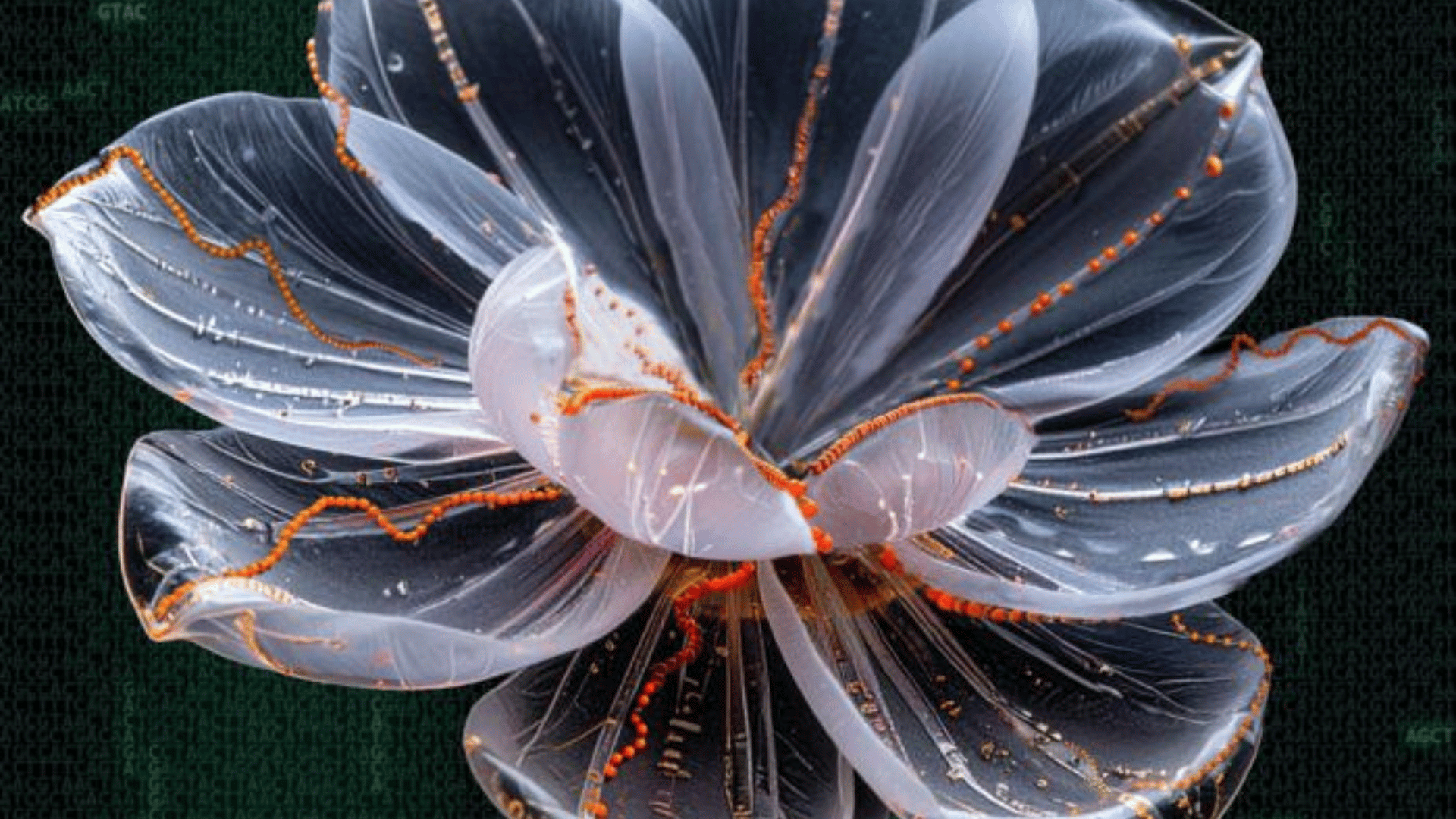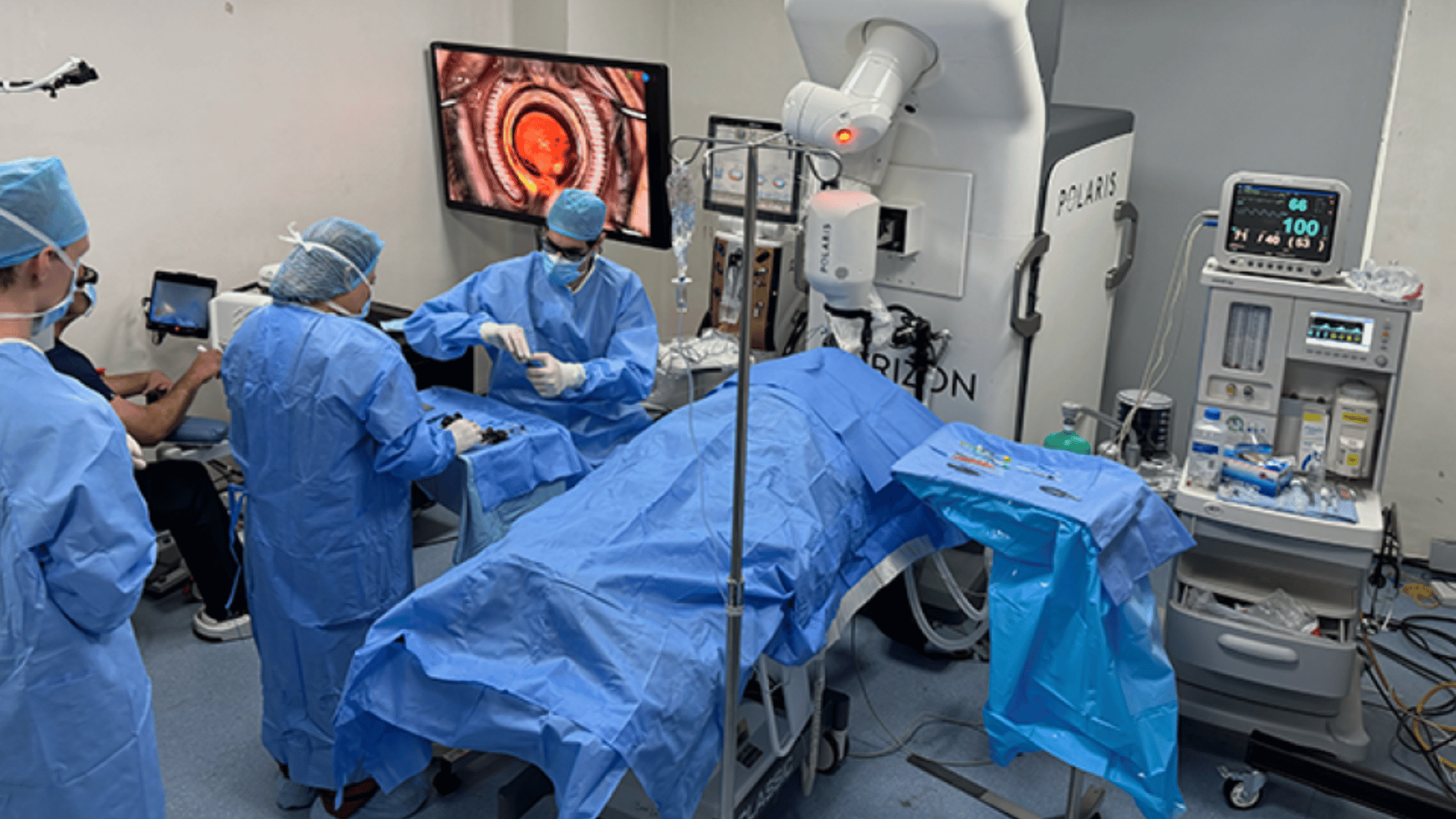Researchers at the University of North Carolina created microscopic soft robots, dubbed “DNA flowers,” that they say can change their shape and behavior in direct response to environmental cues. The new drug-delivering soft robots act like living organisms.
These tiny, dynamic structures are constructed from special crystals formed by combining DNA and inorganic materials. In addition, researchers say, they can reversibly fold and unfold in seconds. This places the DNA flowers among the most reactive materials ever developed on such a small scale.
The innovation lies within the structure of the DNA flower. According to researchers, each flower’s DNA acts like a tiny computer program. They say it dictates how it moves and reacts to the world around it. For example, when surrounding acidity levels fluctuate, the flower can be programmed to open, close, or even trigger a chemical reaction. This suggests that the DNA-based robots could one day perform tasks autonomously. Applications could range from medicine delivery to pollution clean-up.
Mimicking Life For Drug Delivery

Nature helped inspire the project. Researchers observed complex processes such as flower petals unfurling, coral pulsing, and tissue formation in living organisms. The team wanted to translate these behaviors into artificial materials.
Dr. Ronit Freeman, senior author and director of the Freeman Lab at UNC, said, “We take inspiration from nature’s designs, like blooming flowers or growing tissue, and translate them into technology that could one day think, move, and adapt on its own.“
The key is the precise arrangement of the DNA inside the flower-shaped crystals. As conditions become more acidic, parts of the DNA tightly fold, causing the flower to close. When conditions return to normal, the DNA loosens and the petals open again. Researchers say this is a simple yet powerful motion. They can use it to control chemical reactions, carry and release molecules, or interact with cells and tissues.
“People would love to have smart capsules that would automatically activate medication when it detects disease and stops when it is healed,” said Dr. Freeman. “In principle, this could be possible with our shapeshifting materials.“
According to Dr. Freeman, future applications could include swallowable or implantable shapeshifting flowers for targeted drug delivery. For example, the technology could be used for tumors, whose acidity could trigger the flower to close and release its “cargo.”
Beyond medicine, the UNC team suggests that these smart materials could be utilized for environmental cleanup. For example, they could release cleaning agents into polluted water before they harmlessly dissolve. Additionally, they could offer a potential solution for data storage, capable of holding up to two trillion gigabytes of digital information in a teaspoon.







